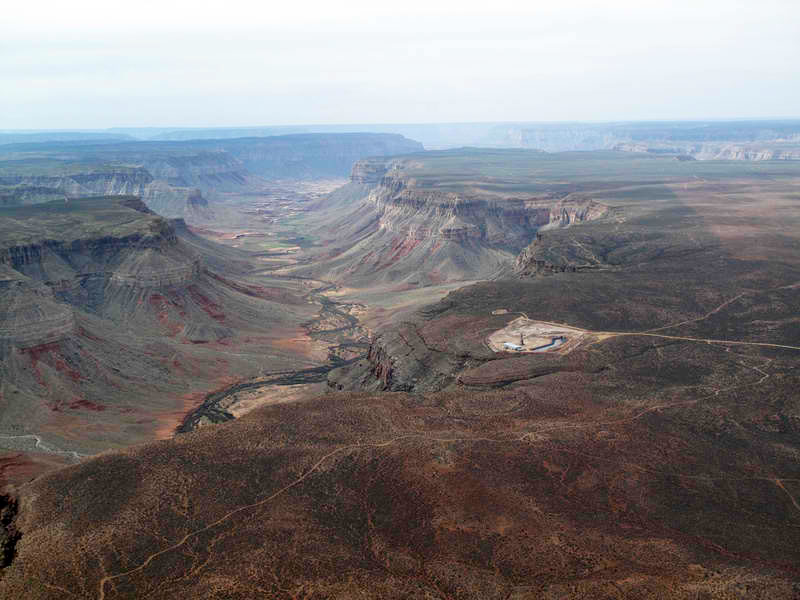Radioactive Redux Near Colorado River
As World War II ended and the Cold War heated up, the American military (and later, utilities) propelled a uranium rush in America’s southwest, creating a toxic legacy for the Navajo Nation.

This page was published 11 years ago. Find the latest on Earthjustice’s work.
As World War II ended and the Cold War heated up, the American military (and later, utilities) propelled a uranium rush in America’s southwest. Hundreds of mines were dug on land of the Navajo Nation, the nation’s largest Indian reservation. Many of the miners were Navajos, many of whom were given little protection and little warning about the toxins they blasted out of the rock, inhaled and brought into their homes after work.
This toxic legacy from the 1950s through the 1980s continues to haunt the Navajo Nation, where illnesses like kidney failure are blamed on uranium pollution, where water wells contain hazardous levels of uranium, where abandoned mines pit the landscape, and where hundreds of millions in belated federal dollars have barely made a dent in implementing cleanup plans.
This month, the Arizona Republic’s Brandon Loomis has written a long, thoughtful, gut-wrenching series of articles about the tragic and ongoing toll of uranium mining. This is not a story with an unhappy ending, but only because the story hasn’t ended. In fact it’s in danger of repeating itself, this time on the doorstep of Grand Canyon National Park. There, the shaft for the Pinenut uranium mine, mothballed in the late 1980s and proposed for reopening, filled with millions of gallons of water. That water now contains uranium at 80 times the federal limit for safe drinking water.
This month, watchdog groups asked the federal Bureau of Land Management to suspend mining operations, but the BLM hasn’t bothered to respond. Meanwhile, the National Mining Association and other industry front groups are suing the Interior Department for putting a million acres around the Grand Canyon off limits to new uranium mining claims.
If industry gets its way, the Pinenut mine could be one of more than two dozen uranium mines and 700 exploratory mining projects—one new one every 10 days—industry hopes to dig around the national park in the next 20 years. Earthjustice is working to make sure that doesn’t happen.
Next month, Earthjustice’s Alison Flint will go to federal court in Arizona to argue that the Interior Department was well-justified in protecting the landscape, given that another uranium boom threatens the area’s scenery, wildlife and desert springs, as well as the culture and lands sacred to the Havasupai Tribe and other native peoples.
The uranium industry likes to say that its mining operations are cleaner now than they were 60 years ago. It’s true that the mines are generally better regulated. But as the toxic waters in the Pinenut Mine show, it’s virtually impossible to produce uranium ore in a way that safeguards the environment. The Grand Canyon, next to the Navajo Nation, is the wrong place to risk further extending uranium mining’s toxic legacy for decades to come.
Earthjustice’s Rocky Mountain office protects the region’s iconic public lands, wildlife species, and precious water resources; defends Tribes and disparately impacted communities fighting to live in a healthy environment; and works to accelerate the region’s transition to 100% clean energy.